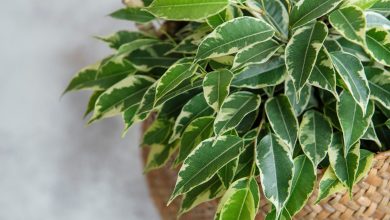How to Fertilize Water Lilies: The Complete Guide – Sembrar100
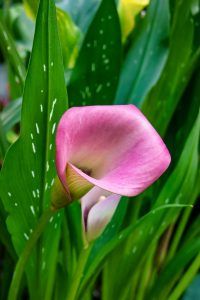
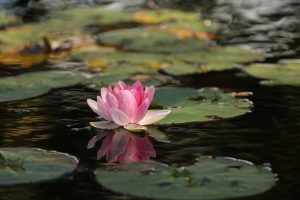 How many times have you seen spaces that have left you with a pleasant impression thanks to the presence of water lilies?
How many times have you seen spaces that have left you with a pleasant impression thanks to the presence of water lilies?
Surely it has been more than once because this is a species that does not tend to go unnoticed due to its impressive flowering.
In addition, it is easy to care for when you follow the recommendations given by specialists from the first moment.
This includes the type of substrate to be used, irrigation, access to light, temperatures and, of course, the fertilizer for water lilies, which is the topic that we will be dealing with today. Will you join us to review it?
Why is it important to fertilize water lilies?
Water lilies need nutrients to promote their optimal development and the production of flowers with excellent characteristics.Due to the planting conditions of the water lily, which is generally in a semi-aquatic environment, it is essential to maintain the nutrients well.
This will help the plant cope with environmental changes and avoid being compromised when nuisance algae emerge. In addition, the water lily will be in better health, which will take work off your shoulders depending on the time of care you have to invest.
How often should we pay the water lilies?
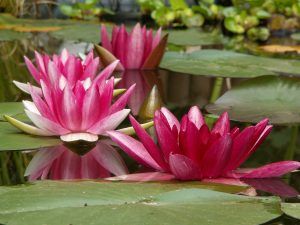 The water lily’s fertilization system tends to be a bit different from that of other plant species because it needs to work with a slow release process.
The water lily’s fertilization system tends to be a bit different from that of other plant species because it needs to work with a slow release process.
This implies that when you place the fertilizer capsule, you must do it between the soil, not superficially as other types of fertilizers are usually applied.
Therefore, he does not need you to work on this topic as often, although he does need you to do it at the right times. That is, in early spring and early summer.Normally these capsules tend to last about 3 months, although you should assess based on what the manufacturer indicates.
What nutrients do water lilies need?
The main nutrients required by water lilies are nitrogen (N), potassium (K), and phosphorus (P).Nitrogen will help the plant develop its green part and the structure that will support the flowers.
However, this has the problem that when added in excess, it also promotes the growth of algae in the environment, so you will have to adjust the levels very well. In the case of potassium and phosphorus, they will have their main action at the time the water lily begins its productive flowering cycle.
Both elements ensure that the flowers are generated to the maximum of their capacity and with the most suitable characteristics. Micronutrients are also important for the plant to be able to carry out all its processes properly.
These are involved in the process of photosynthesis, nutrient transport, chlorophyll production, among others. Keep in mind however that an excess of any nutrient, macro or micro, will lead to problems in the crop.
What kind of fertilizers do water lilies need?
Slow release NPK fertilizers are the best options for fertilizing water lilies. It is better if these are of the organic type. These have the advantage of progressively providing nutrients and that the plant takes advantage of them according to its needs.
Therefore, it will take work off you and prevent the plant from suffering from deficits at some point. There are also liquid options that are convenient for flowering time, especially choosing one that contains a higher amount of potassium and phosphorus.
In the case of micronutrient contributions, if the NPK fertilizer does not include them, you can take advantage of commercially available liquid fertilizers for aquarium plants.
Although water lilies are planted on land, they are highly moisture demanding, so they will do well with this method. It is important that in any case you stick to the recommendations indicated by the manufacturer to avoid giving more than necessary.
Remember that an excess of nutrients can be as or more harmful than a deficit.
How do we prepare fertilizer for water lilies?
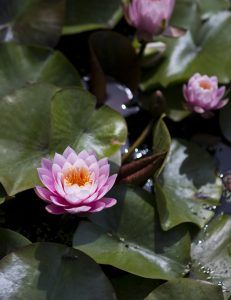 The preparation of the fertilizers will depend on the type you choose. As we saw in the previous section, they exist of a different nature.
The preparation of the fertilizers will depend on the type you choose. As we saw in the previous section, they exist of a different nature.
Tablet or capsule type fertilizers do not need preparation. In this case you will only have to open a small hole in the substrate.
This hole is better to be closer to the walls of the pot and not so close to the roots of the plant to avoid overfeeding.
Due to its factory way of working, the nutrients will be released little by little without you having to do anything.
In the case of liquid fertilizers, NPK type, you will have to perform the task of diluting it in water before applying, so that it is easier for the plant to absorb them.
And if you decide on fertilizers for aquarium plants, you will add these to the water where you submerge the pot so that from there it takes what is necessary. Fertilizers for water lilies do not spread on the surface of the substrate.
How do we detect if the water lilies need fertilizer?
The lack of color in the leaves and flowers are one of the main signs that you can have when fertilizing water lilies. Normally, when a deficit of any of the nutrients is generated, be it macro or micro, this will tend to affect the work process of the rest of them.
Other conditions that can show that the water lily needs food is that it looks decayed or, if you have other animal species in the aquarium, they begin to damage it. The water lily fertilizer could take as much or as little work as you decide depending on the product you choose to work with and the conditions it is in.
Take into account that being an aquarium plant, it is subject to environmental conditions very different from those of the species you have in the garden. So it projects this process in such a way that it can be fully exploited by it, avoiding the processes associated with an excess or a deficit of nutrients.
Bibliographic references
- Aquatic plants in design, R López de Juambelz, A Aguilar Contreras – Bitácora Arquitectura – revista.unam.mx
- Aquatic Plants, S Buczacki – 1999 – books.google.com
- Contribution to the knowledge of Nymphaea gracilis Zucc. in Aguascalientes, Mexico, MH Sandoval-Ortega – Tecnociencia Chihuahua, 2020 – vocero.uach.mx
- Floral biology, floral visitors and reproductive system of Nymphaea gracilis Zucc.(Nymphaeaceae), C Zepeda-Gómez, E Cruz-Muciño… – Botanical …, 2020 – scielo.org.mx

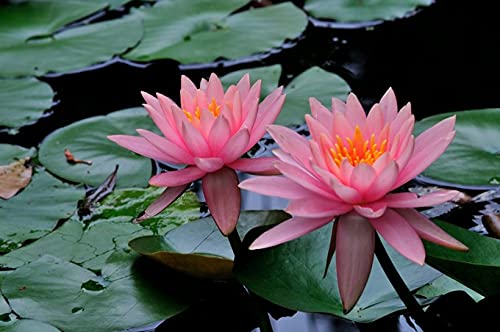
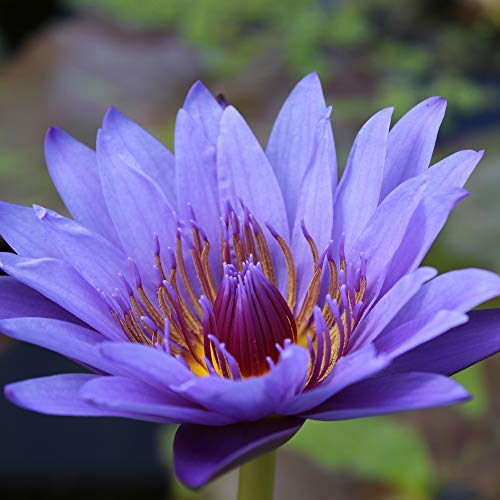
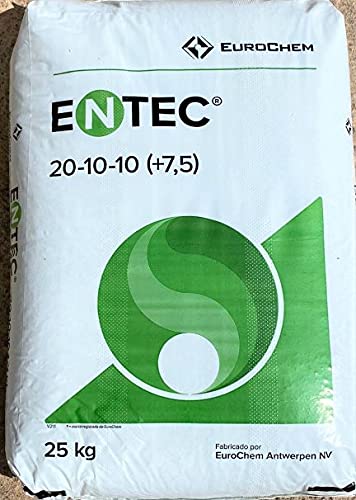
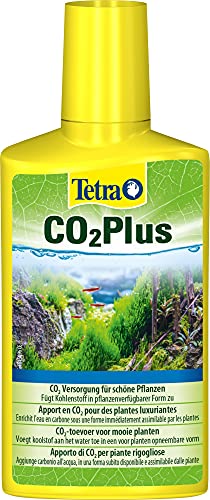
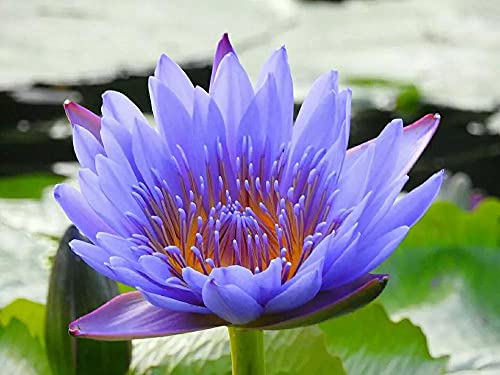
![Photo of Types of Eggplants: [Names, List and Characteristics]](https://www.complete-gardening.com/wp-content/uploads/2021/06/sembrar-berenjenas-10-390x220.png)
